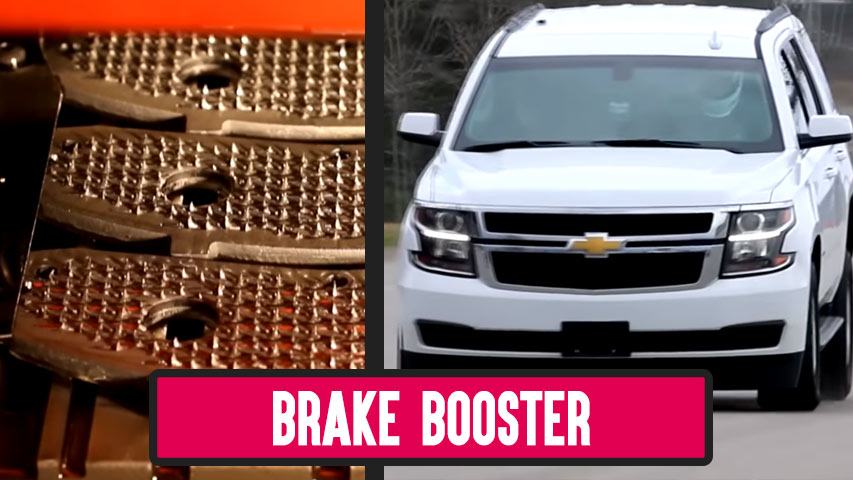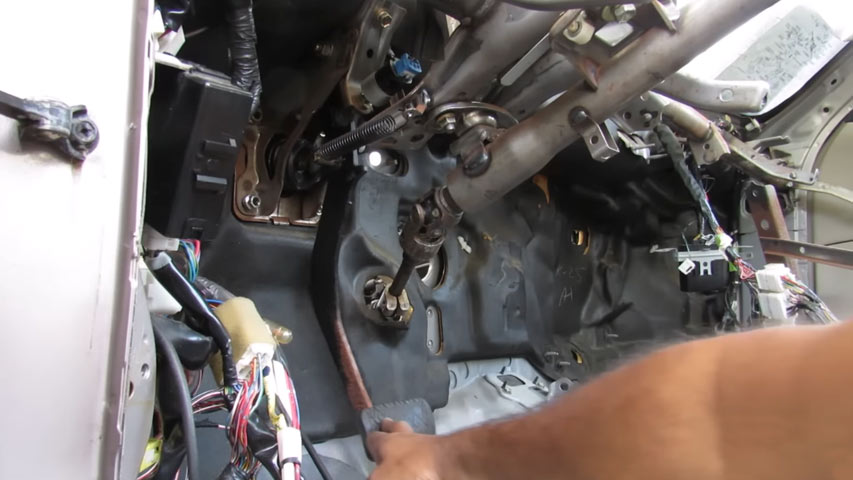
Breake Boost
It may be hard for some people to imagine that you can speed up your brakes! In fact, this technique is known as brake boosting . This method allows the driver to achieve extraordinary acceleration by skillfully combining the gas pedal and brakes.
Now, at Best German Car, a reference for buying German Car Spare parts, including Mercedes-Benz, Audi, Porsche, and other components, Along with providing educational materials, we will examine the brake boost technique in this article and discuss its applications, as well as its pros and cons.
So stay tuned
Is brake boosting bad ?
As we mentioned at the beginning, brake boosting is a popular technique in the world of motor racing , particularly when urgent acceleration is needed. This technique is achieved by combining brakes and gas
simultaneously to accelerate the car.
However , there’s always the question : is brake boosting bad?
In answer,we must say that yes, this technique can be harmful and cause problems. Among the issues are the rapid wear of the brake pads and discs, which can lead to brake dysfunction.
High pressure on the pedals also carries the risk of locking the wheels and losing control of the car, especially in slippery conditions.
In addition, brake boosting can damage the clutch and gearbox of the car and increase fuel consumption. However, regarding the brake boost technique, it can be dangerous on rough roads or in adverse weather conditions. Perhaps that is why it is illegal to use it in some countries.
Therefore, it is better not to use this technique in normal driving conditions. However, it is a great technique that can be useful in racing or in situationswhere the car needs to accelerate.

How to brake boost an Automatic Vehicle ?
Basically, brake boosting in automatic cars is more acceptable and preferable as it alleviates concerns about clutch wear. There are two ways to perform this technique in automatic cars.
The first method is to press the brake first after reaching 20 miles per hour, then press the accelerator pedal , and finally release the brake.
The second method is to accelerate simultaneously by holding your left foot on the brake and your right foot on the gas for two to three seconds.
Of course, you should keep in mind that brake boosting. requires skill and experience and should be done in safe locations. Additionally, there are issues such as rapid wear of the brakepads and overheating of the brakes
Brake boosting manual
Unlike automatic cars, brake boosting in manual cars is a little more complex and requires certain techniques . For example, two main methods are used:
the handbrake and the foot brake. In the handbrake technique, the clutch is depressed , and when the engine reaches a certain RPM about 3,000 , the handbrake is pulled while the clutch is slowly released to move the car.
In the foot brake technique, you should release the clutch while pressing the brake and gas pedals. Both of these techniques help accelerate the car quickly.
However, they also have drawbacks,such as wear on car parts. Nevertheless , performing a brake boost requires a lot of skill.

Brake boost launch
Basically, to increase the acceleration of the car from a standstill, they use the ultra-functional brake boost launch technique.
This technique is usually employed in exciting drag racing. In this technique, the driver pushes the brake and gas pedals simultaneously, revving the engine, and then releasing the brake creates a very high initial acceleration.
This technique greatly improves the acceleration performance of the car, but it also has problems, including potential damage to the gearbox and even the risk of losing control of the car .
Of course, the use of the brake boost launch technique is prohibited in many areas and should only be performed in safe and appropriate locations.
Additionally , the difference between this technique and the control launcher is that it is an electronic system that automatically makes the necessary adjustments, whereas this technique is executed by the driver himself based on his skill

How to brake boost a Turbo Car ?
Since brake boost helps greatly reduce turbo latency and increase acceleration, it is known as a key technique in these cars.To use this method, you first need to bring the engine to about 3000 or 4,000 rpm.
Then, by simultaneously pressing the gas pedal and brake, the turbo pressure increases.
This means that the turbo is at its best and the response time is reduced. Now when you release the brake and quickly press the accelerator pedal, you will accelerate further.
This technique is very effective in racing conditions and when you want to avoid low lap delays. By practicing this method, you’ll be able to utilize all the power of the engine.
Brake boosting vs anti lag
Each of the two methods brake boosting and anti lag , methods has its own advantages and disadvantages in turbocharged cars.
Brake boosting facilitates acceleration while moving by instantly increasing turbo pressure, but it can also lead to increased wear on of most parts.
On the other hand anti lag offers faster responsiveness while maintaining the performance of the turbocharged engine. However, the use of this method may also damage the turbo components.
It is generally recommended for professional use and driving of anti lag and for everyday driving of brake boost. At the same time we have made a comparison between the two in the table below

Summery
In this article, we have provided you with the necessary and useful details about the brake boost technique. We also discussed similar methods, such as anti lag.In summary, brake boost, as a professional driving technique, can dramatically increase the speed and performance of the car.
However, using this method requires high accuracy and skill , as improper execution can damage the engine and its components.This technique is primarily used in controlled conditions and competitions .



